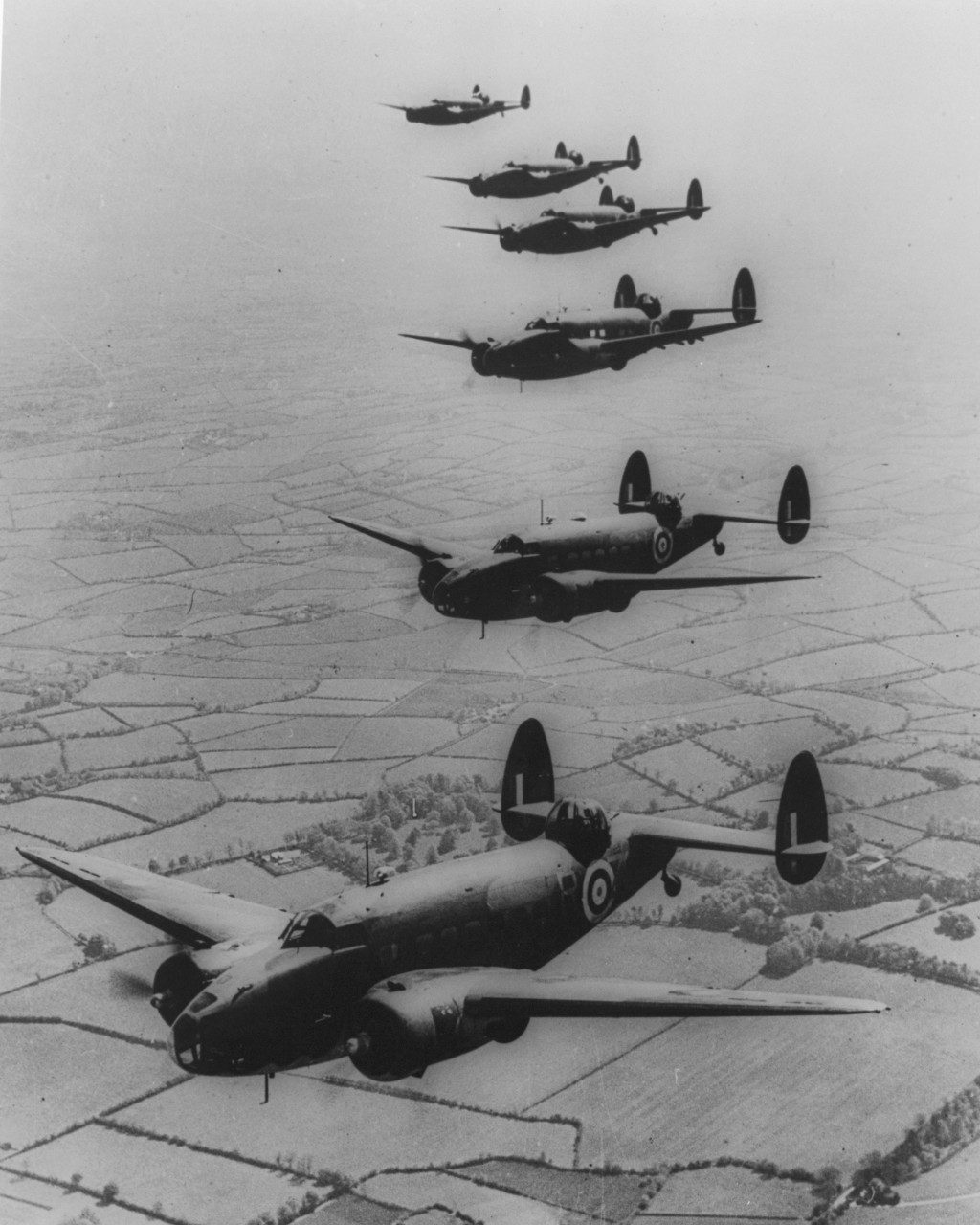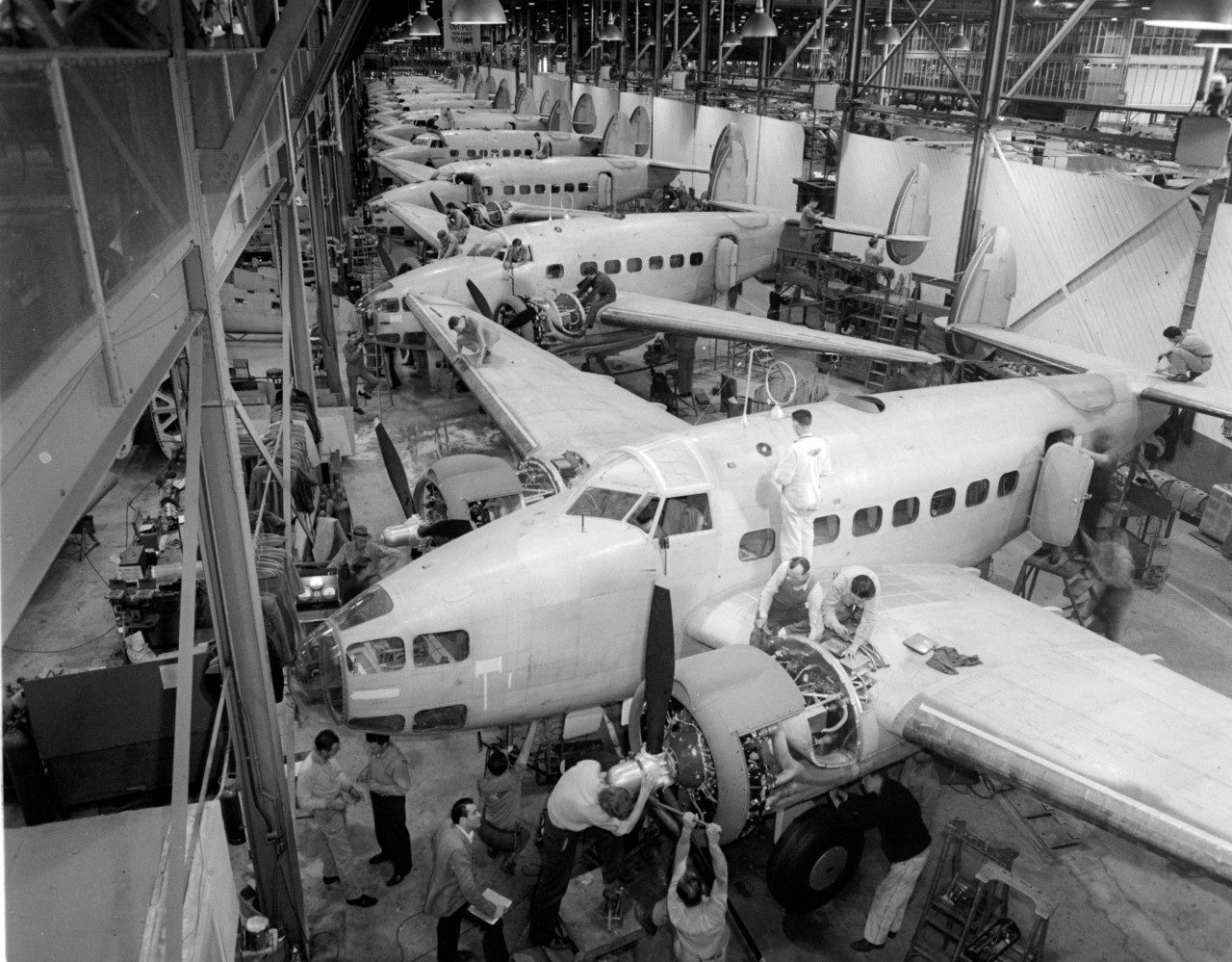In April of 1938, with news of Hitler’s recent annexation of Austria sending shockwaves across Europe, a contingent of the British Air Commission led by Sir Henry Self landed in New York on a vital mission. European airplane manufacturers were operating at near-capacity. Self’s team urgently needed to survey manufacturing facilities across the United States and find novel ideas for new warplanes.
The young Lockheed Aircraft Corporation did better than supply an idea; awaiting members of the commission was a full-sized wooden mock-up of what designer Kelly Johnson called a “convertible transport bomber.”
By modifying Lockheed’s Super Electra with a bomb bay and three machine guns, Johnson delivered what would later go down in history as the Hudson, the first aircraft of American design to destroy an enemy aircraft during World War II.

Beyond the Call of Duty
Lockheed, which at the time was inexperienced in manufacturing military aircraft, was committed to earning the trust and confidence of the Royal Air Force (RAF).
After the British offered advice on how to improve the model, Lockheed worked around the clock, in a truly Herculean effort, to integrate all of the suggested changes, offering an entirely new plywood model, complete in every detail right down to a choice of alternative nose designs. In the matter of just a few days, Lockheed had provided the British the aircraft they desired.
Sir Arthur Harris, who would later lead the RAF’s Bomber Command, wrote, “I was entirely convinced that anyone who could produce a mock-up in twenty-four hours would indeed make good on all his promises—and this Lockheed most certainly did.”
The ensuing contract, signed on June 23, 1938, authorized Lockheed to produce up to 250 Hudsons by December 1939, making it the largest contract to date for an international airplane sale by an American company. Competitors scoffed that the upstart manufacturer would never meet its deadline. But Lockheed did. And then it proceeded to establish manufacturing facilities and support bases in Liverpool and Ireland, the latter responsible for assembling, modifying and repairing some 22,500 aircraft of all types during Britain’s greatest moment of need.

The Old Boomerang
Sources and Additional Reading
- “American Aircraft in the RAF.” Flying. Vol. 31, No. 3. Sept. 1942.
- Boyne, Walter. Beyond the Horizons: The Lockheed Story. St. Martin’s Press: New York, 1998.
- Budiansky, Stephen. Air Power: The men, machines and ideas that revolutionized war, from Kitty Hawk to Iraq. Penguin: New York, 2005.
- Lockheed Aircraft Corporation. Of Men and Stars. July 1957.




